OFFRE ANTICIPATION 2024
Jusqu’au 6 février, QISTA vous propose d’économiser 165€ sur votre commande.
C’est LE MOMENT de vous équiper pour vous débarrasser des moustiques en 2024 !
Pour tout achat d’une BAM VISIO+, QISTA vous offre 6 leurres olfactifs (pour moustique traditionnel ou tigre) d’une valeur de 165€. Réceptionnez votre borne sous 2 semaines grâce à notre livraison via transporteur et profitez d’une réception différée des leurres afin de garantir leur conservation et leur efficacité d’ici l’arrivée des moustiques en 2024 !
Nos équipes reviendront vers vous en début de saison prochaine pour l’achat des bouteilles de CO2 (nécessaires au bon fonctionnement de la borne) ainsi que pour l’installation et la mise en route de votre BAM.
L’offre de rentrée se termine le 06/02/2024 à 23h59 et s’applique uniquement sur le produit BAM VISIO+ (non applicable sur la version URBAINE VISIO). Cette offre s’applique à partir d’une BAM VISIO+ achetée. Offre cumulable. Pour l’achat de plus de 3 bornes, contactez nos conseillers. Votre borne sera livrée sous 2 semaines. Les leurres vous seront fournis sur demande à partir du printemps 2024.













